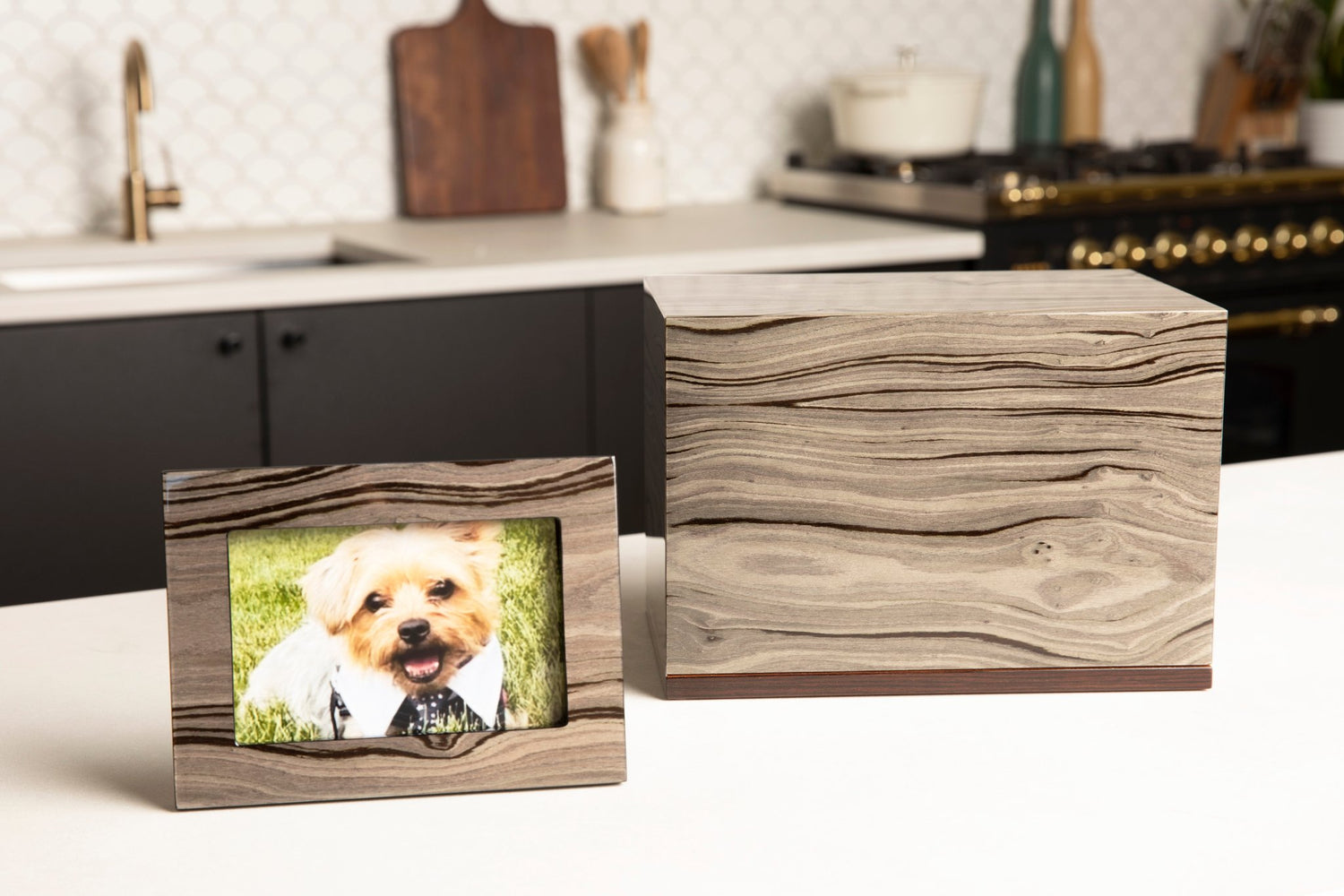It’s normal and healthy for a child to grieve and feel a wide range of emotions after they lose a sibling. However, it can also be difficult for parents and other adults to understand these feelings of grief.
For parents, the loss of a child comes with pain that seems insurmountable. Parents aren’t the only ones who grieve when a child passes away, though. The siblings left behind must also figure out how to navigate the death of their brother or sister.
Outlined below are some effective strategies parents, grandparents, and other adults can use to help the children in their lives as they cope with the loss of a sibling.
Understand How Children Grieve
Children do a lot of things differently than adults — including grieving.
Grief can look very different for children compared to adults. The following are some of the most common ways they may express their pain:
- Continuing with their usual activities: This is not a sign that the child doesn’t care about the loss of their sibling. Kids often seek comfort in routine, so they may try to keep doing what they’d normally do, such as playing sports or reading.
- Bursts of emotion: For children, it’s not uncommon for grief to come in waves. They may engage in their normal routine, then suddenly experience a burst of sadness, anger, or frustration.
- Withdrawal: Some children may withdraw from the rest of their family and friends after losing a sibling. They may spend more time alone than usual.
- Seeking attention: After losing a sibling, children might engage in attention-seeking behaviors to try and get reassurance from a parent or another adult in their lives. This might include throwing tantrums, acting out at school, refusing to do chores, etc.
Some kids might also experience higher rates of anxiety or worry after losing a sibling. They might worry about their own safety or the safety of others in their family and need more reassurance that others are okay.
Acknowledge Your Own Grief
Adults might assume that they need to be strong and not show emotions after losing a child. In reality, though, the opposite can be more beneficial.
If a parent, grandparent, or another adult talks to a child about how their feeling, it can give the child permission to feel and express their feelings.
Imagine a parent sitting down with their child and telling them that they’re sad or that they miss the child’s sibling. This shows the child that it’s okay to be sad. It gives them room to talk about their own sadness and allows the parent and child to move forward together.
Create Healthy Outlets
Kids of all ages need healthy outlets to express themselves, especially after losing a sibling. The following are some examples of healthy outlets that children can engage in:
- Going for a walk or hike
- Going for a bike or scooter ride
- Dancing
- Doing yoga
- Playing sports
- Listening to music that reminds them of their sibling
- Practicing deep breathing
- Reading
- Hugging a stuffed animal
- Painting, drawing, or coloring
- Writing in a journal
- Playing a musical instrument
- Playing with Legos or blocks
It’s important to give children access to many outlets and coping mechanisms. Different approaches work for different children, and it may take some trial and error before your child finds an option that works for them.
Allow All Emotions
As we mentioned above, children tend to experience grief in bursts. They may seem fine one minute and then be crying or filled with anger the next.
It can be tempting for adults to want to shut down these emotions when they occur. However, they should resist this urge and allow their child to experience a full range of emotions.
If a child is sad, let them know it’s okay to cry. If a child is angry, let them know it’s okay to feel anger.
Of course, when it comes to feelings like anger or frustration, you shouldn’t allow them to hurt others or themselves. This is why it’s important to teach healthy coping mechanisms.
Teach your child that, when they feel angry about the loss of their sibling, they should squeeze a stress ball or go for a walk, for example.
Encourage Memories
Some adults might be tempted to put away reminders of a child after they pass away. They may want to replace pictures of them or clean out their room and put their toys in storage.
This might be helpful for the adult, but it can also make life more difficult for the sibling of the child who passed away. If they want them, children deserve to have memories of their sibling.
Encouraging memories might mean leaving a framed picture of the sibling in the child’s bedroom or giving the child one of their sibling’s stuffed animals to keep on their bed. This can help children work through their grief and feel more connected to their sibling.
Enlist Professional Help
It’s okay for parents and other adults to struggle when it comes to guiding their children through the process of grieving the loss of a sibling.
Adults don’t need to have all the answers.
However, they should be willing to enlist the help of someone who does (or who at least has more answers than them — nobody knows everything when it comes to coping with a loss).
Taking a child to see a counselor or therapist can be a great way for them to work through their grief, understand the complex and vast emotions they’re experiencing, and learn healthy coping mechanisms. It also gives parents and other adults more insight into how they can best care for their children and themselves.
Final Thoughts
It’s normal and healthy for a child to grieve and feel a wide range of emotions after they lose a sibling. However, it can also be difficult for parents and other adults to understand these feelings.
Following the strategies listed above can all help adults guide their children through a loss and become more resilient over time.
If you’re looking for ways to help your child remember their sibling, check out our collections at Oaktree Memorials. From urns to keepsakes and jewelry, we have a variety of options for children to keep their sibling’s memory alive.







